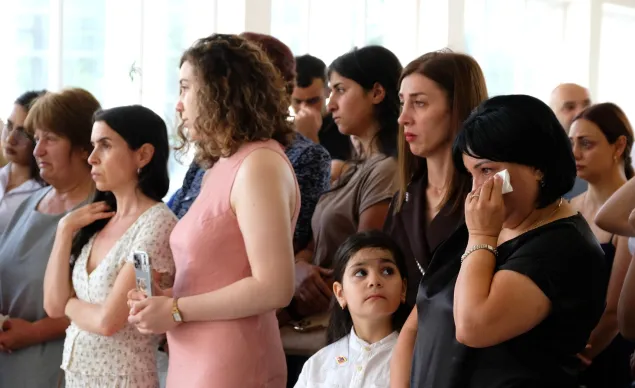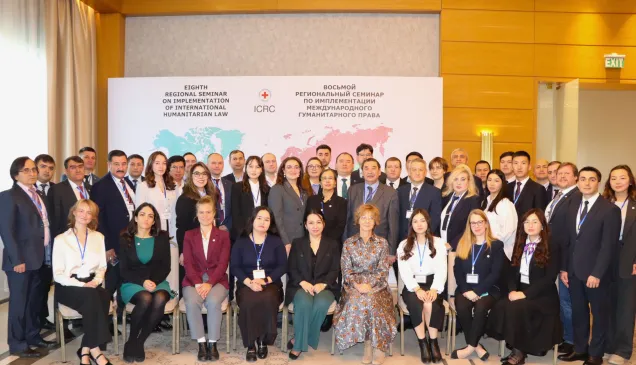Armenia: Sharing Memories through a Photo Exhibition

A photo exhibition titled Absent but Not Forgotten was organized on 29 August in Goris, Syunik region, in the runup to the International Day of the Disappeared, marked globally on 30 August each year.
First organized in 2023 in Armavir town at the initiative of families with missing relatives, the exhibition this year moved to Goris, to highlight the plight of families in southern Syunik and Vayots Dzor regions. All these families live through struggling with the absence of their loved ones missing since the conflict escalations of 2020–2023.


The exhibition featured 17 photographs, each reflecting a family’s personal journey through absence and endurance. Every image and object held a story, a way of preserving memory and making sense of the unbearable waiting. Through these photos, families sought to express their grief and find strength in shared experience.
“Speaking here today is incredibly painful,” says Lusine Emiryan, whose both husband and uncle went missing in 2023. “The pain never fades. Every day we wake up hoping for the news. I still believe one day the Red Cross will call and tell me that my husband is found.”
Lusine’s daughter misses her father deeply and tries to stay connected to him by writing in a diary she keeps in his memory, sharing her fears, joys, and dreams on its pages.
“He used to listen to me, understand me, and always gave advice,” she says. “Now that he’s gone, I still talk to him, only through writing. Every emotion, every secret and heartfelt thought is captured in this small notebook that means the world to me.”
Among the faces behind the photographs was Nairuhi Bayatyan’s son, Monte. Nairuhi’s husband went missing during the conflict escalation in 2020. Monte continues waiting for his father’s return.

“He often takes his father’s binoculars and sits quietly in the garden, staring into the distance,” Nairuhi says. “When he sees photos or videos of his father, he tells me, ‘Mom, my heart is breaking.’ And when he notices me or his sister crying, he hugs us and whispers, ‘Don’t cry, Dad will come back soon.’ “You learn to smile again, but you never forget,” she adds.
Beyond remembrance, the exhibition aimed to raise public awareness about the missing issue and to encourage empathy and solidarity from local officials, NGOs, media and community members.
In the region affected by the Karabakh conflict, more than 5,000 people, including military personnel and civilians, have been reported missing since the 1990s. As a neutral, impartial and independent humanitarian organization whose exclusively humanitarian mandate is to protect the lives and dignity of victims of armed conflict and other situations of violence, the ICRC remains committed to supporting the families and the authorities to clarify the fate of the missing people.




